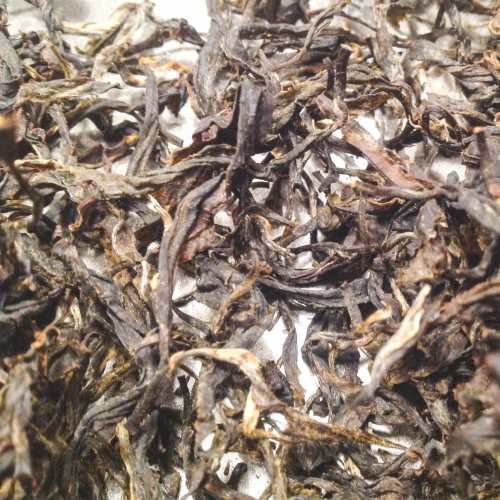Tea Craft Basics
Begin Your Exploration of the Process, the Craft and the ArtAbout Tea Craft

Remember this. All traditional tea begins with the same plant, the Tea Tree. Its scientific name is the Camellia Sinensis. Your black tea, green tea, earl grey and jasmine begin the same way. You’ll use different steps, combined with different techniques for your recipes. These recipes transform the raw leaf into a spectrum of flavors. That is the art of Tea Craft.
You’ll find that Tea Craft can be a simple art to explore. It consists of four basic steps, of which you use all or some of them. The steps you use, and the way you perform them, determines the type of tea you create.
Just like the game of Othello, it takes a minute to learn and a lifetime to master. That’s where your exploration and the thrill of discovery lies.
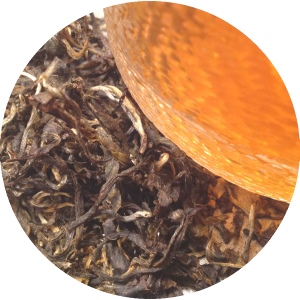
Tea Craft in Four Steps
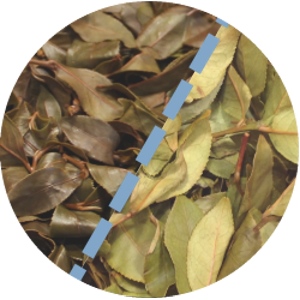
Temper
In traditional tea craft, you first temper raw leaf with one of a few methods. Your leaf is either: withered, steamed or roasted. Sometimes you use a combination of these methods. Your leaf will have a small amount of “storage whither”. So by default you will use a combination of techniques while crafting.
You temper leaf for two reasons. The main purpose is to soften the leaf and prepare it for rolling. The second reason to temper depends on which tea you craft. Read further to learn more.
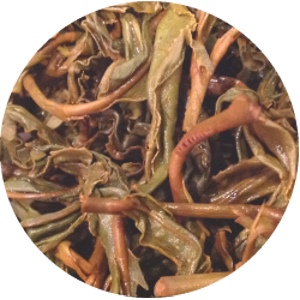
Roll
Watch a tea processing video, and you’ll likely see huge machines that look like pendulums of death. These are industrial tea rollers. They do a pretty good job at performing a consistent rolling. Yet there are many small growers who roll batches of tea by hand.
Rolling serves a few purposes. In black and oolong tea, it bruises & tears your leaf to promote oxidation. A process begins within the leaf, much like bruising bananas or apples. Rolling is also used in releasing your leaf’s sap and sugars from its cells. This affects your tea’s flavor. Finally, rolling is also used to shape your tea for looks and packing.
With a small batch of leaves at home. You will likely only need to roll your leaf for 10-15 minutes. But you can experiment with different times to see how it changes your tea’s flavor.
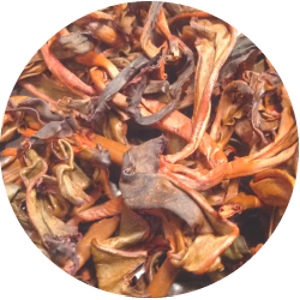
Oxidize
Oxidizing is a critical step in crafting your black or oolong tea. During oxidation, your tea leaves become darker with a deep copper color. The fragrance will also change, going from vegetal or grassy to a brighter aroma.
At this point of the crafting process, your tea is called a dhool. It’s heaped together into piles no higher than three inches. Enzymes within the leaf work with the air and moisture to transform your leaf. This is why you bruised the leaf, to release the enzymes.
This step is often mistakenly referred to as the fermentation. It’s an old trade term. A long time ago, people believed the leaf was fermenting. This is wrong, no microorganisms are involved.
Your tea will oxidize from a few hours to overnight. The length depends upon the flavor you wish to achieve.
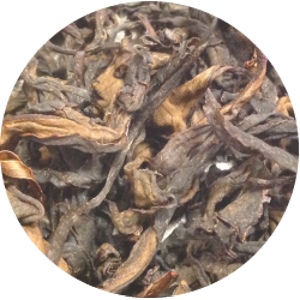
Dry
The final step in crafting a basic tea. Yay! You dry tea for a few reasons: shelf-stability, tighter packing, and fixing its flavor. During the entire crafting process, your tea gradually loses moisture. This final drying removes the most. By the end, your tea becomes 3 to 5 times lighter.
If your tea isn’t properly dried out, it can stale in storage, lose flavor or even turn moldy. So make sure to take as long as you need to dry it out. Since you’re using medium to low temperatures, it won’t burn.
Black and oolong tea will first dry at a higher heat to finish flavor development. You then dry them at lower temperatures, like you would for green tea.
Now Begin Your Exploration
Click a recipe below to begin crafting your tea. And don’t forget to join us for a harvest of fresh tea leaves for your exploration.Black Tea Recipe
Our most popular tea recipe. Most beginning teawrights enjoy crafting a black tea as their first exploration. With practice, you’ll craft a creamy tea that everyone enjoys.
Green Tea Recipe
Use this recipe to craft a vegetal green tea. With this recipe you’ll steam your fresh leaves using a sencha-style technique. The result is an easy recipe for teawrights, and a bright green tea for everyone.
Begin With Raw Tea Leaves
Of course, you’ll need raw tea leaves to craft your tea. So click below and join us each month. You’ll receive a batch of fresh harvested leaves for your crafting.

